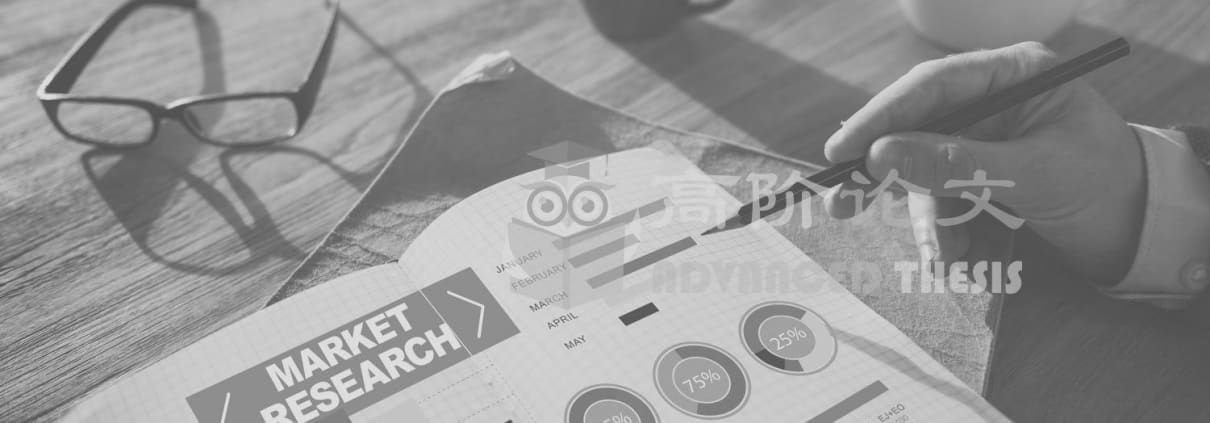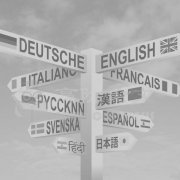代写论文:北京的空气污染可以治愈吗?
代写论文:北京的空气污染可以治愈吗?
汽车尾气排放
另一个北京的空气污染是汽车尾气排放来源。大约有500万辆汽车在北京注册本身和汽车的数量会增加人口和不断增长的标准的人。到东京相比,虽然汽车的数量少,但使用汽车的频率非常高。中国有非常宽松的法律和法规对消除高污染车辆(新华社,2012)。
代写论文:北京的空气污染可以治愈吗?
区域污染
街道et al。(2007)发表在他的研究,不仅当地的排放和废水,但北京的空气污染也提出了附近的城市和北京半盆地地球物理和其独特的天气模式也支持这个问题(Ren et al .,2003)和一些必须采取措施遏制这些城市污染物的废水。CMAQ模型应用的一个et al。(2007),他透露,硫的存在,北京空气中有害重金属从张家口贡献了39%到39%(西北),15%来自保定(西南)。同样,街道et al。(2007)在他的报告中披露,山东和天津污染的影响和贡献了很多北京5浓度大量水泥、钢铁、石油和石化行业运行在天津市和河北省,和大约3.5亿吨煤燃烧这些行业和贡献约24.5%的PM2.5的城市。(新华社,2012)
所示。快速城市化人口率上升需要更多的设施和建筑的建筑,住宅和工业需要能量和供暖系统。这个原因也增加了污染程度。
代写论文:北京的空气污染可以治愈吗?
Vehicle Emissions
One of the other sources Beijing’s air pollution is the vehicle emissions. There are approximately 5 million vehicles registered in Beijing itself and the number of vehicles will go up with increased population and rising standard of the people. Although, compared to Tokyo, the number of cars is less, but the frequency of using cars is very high. China has very lenient laws and regulations for eradicating high-polluting vehicles (Xinhua, 2012).
代写论文:北京的空气污染可以治愈吗?
Regional Pollution
Streets et al. (2007) published in his study that not only local emissions and effluents, but Beijing’s air pollution are also raised by the nearby cities and semi basin geophysical of Beijing and its unique weather pattern also supports this problem (Ren et al., 2003) and some measures must be taken to curb the effluents of pollutants in these cities. A CMAQ model was applied by the, An et al. (2007) and he revealed that the existence of sulfur and harmful heavy metals in the Beijing air are contributed by 39% to 53% from Zhangjiakou (northwest), 15% from Baoding (southwest). In the same way, Streets et al. (2007) disclosed in his report that Shandong Province and Tianjin pollution influenced and contributed a lot to Beijing PM2.5 concentration A huge number of cement, steel, oil and petrification industries are running in Tianjin municipality and Hebei province, and approximately 350 million tons of coal are burned by these industries and contribute to about 24.5 percent to PM2.5 in the city. (Xinhua, 2012)
Rapid Urbanization
Rise in the population rate require more accommodations and Construction of building, homes and industries require energy and heating system. This reason also increases the pollution level there.







